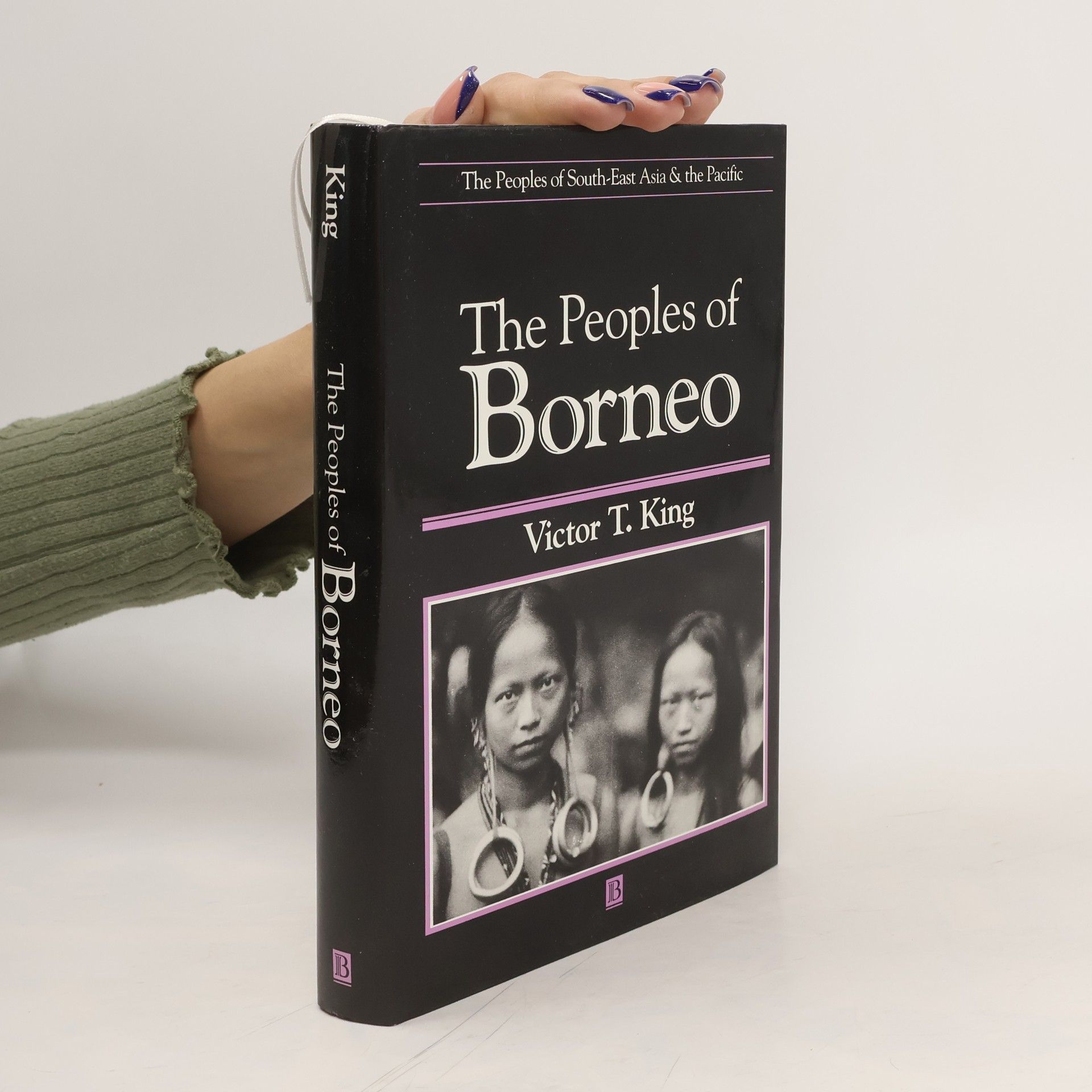Just who are the Malays? This provocative study, now available in paperback, poses the question and considers how and why the answers have changed over time, and from one region to another. Anthony Milner develops a sustained argument about ethnicity and identity in an historical 'Malay' context.
The Peoples of South-East Asia and The Pacific Series
This comprehensive series delves into the rich history and vibrant cultures of the diverse peoples inhabiting Southeast Asia and the Pacific. Each volume meticulously explores the unique identity, traditions, and evolution of a specific ethnic group or related peoples. Authored by leading international historians and anthropologists, these books offer scholarly yet accessible insights. The collection provides an unparalleled and captivating exploration of this vast and fascinating geographical region.


Recommended Reading Order
Borneo, the third largest island in the world, is still sparsely populated, but it has a remarkable ethnic diversity. This book examines that diversity - in economic and social life, political organization, religion, worldview and material culture - and shows that, beneath these variations, there are common social and cultural features that can be traced back to the Austronesian-speaking migrants who first settled the island about 4,500 years ago. The processes of historical differentiation from these common roots are considered by describing local human adaptations to the environment, and the external influences on the Bornean peoples, from places as far away as China, India, the Middle East and Europe. Besides its cultural diversity and the historical reasons for it, there are two dominant themes in the literature on Borneo: first, European popular images of the island and its peoples, which tend to dwell on exotic customs and practices, such as headhunting and piracy; and, second, the pervasive influence of the rainforest on Bornean ways of life. The book provides a comprehensive view of traditional Bornean societies and cultures, setting its seemingly exotic institutions in their proper context, and documenting the recent challenge to traditional ways of life posed by modernization, the commercialization of agriculture, logging and forest clearance, resettlement and land development.